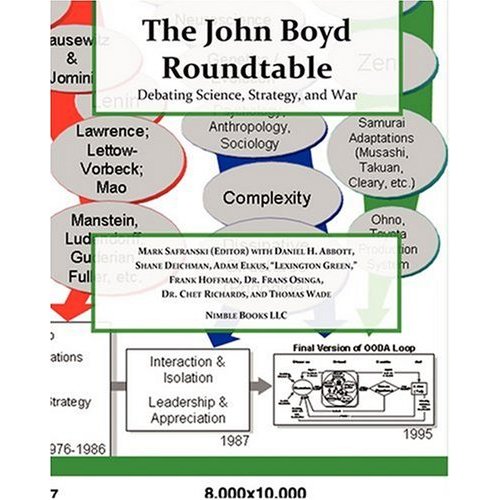Over the last few years I have whipped myself into pretty decent shape for an almost forty something. From my heaviest point, I have lost somewhere between twenty and twenty five percent of my body weight, and in the meantime transformed what is left into solid muscle. Out of curiosity I should book an appointment with a trainer for an hour and on top of getting some more tips, I should get measured for a body fat percentage. But enough of that.
Where I am going with the description of my physical condition is that cold weather is absolutely my kryptonite now. I also shaved my head in the meantime, so any temps below, say, 50 F require coat, skullcap and gloves. Before, when I was heavier and had hair, 50 F was no issue in a t-shirt for me.
As I type this in my office, I have a small portable heater running under my desk. The winters here in the upper Midwest are very tough on me. Our winter is just beginning, and I am already suffering – the real cold stuff is yet to come. But so it goes.
On occasion, some interesting individuals come into my store from the UW. Well, I get people in the store from the UW all the time, but these individuals from a certain department are different. They work on the Ice Cube project. From their website, here is what the project is involved in:
The IceCube Neutrino Detector is a neutrino telescope currently under construction at the South Pole. Like its predecessor, the Antarctic Muon And Neutrino Detector Array (AMANDA), IceCube is being constructed in deep Antarctic ice by deploying thousands of spherical optical sensors (photomultiplier tubes, or PMTs) at depths between 1,450 and 2,450 meters. The sensors are deployed on “strings” of sixty modules each, into holes in the ice melted using a hot water drill.
The main goal of the experiment is to detect neutrinos in the high energy range, spanning from 1011eV to about 1021 eV. The neutrinos are not detected themselves. Instead, the rare instance of a collision between a neutrino and an atom within the ice is used to deduce the kinematical parameters of the incoming neutrino. Current estimates predict the detection of about one thousand such events per day in the fully constructed IceCube detector. Due to the high density of the ice, almost all detected products of the initial collision will be muons. Therefore the experiment is most sensitive to the flux of muon neutrinos through its volume. Most of these neutrinos will come from “cascades” in Earth’s atmosphere caused by cosmic rays, but some unknown fraction may come from astronomical sources. To distinguish these two sources statistically, the direction and angle of the incoming neutrino is estimated from its collision by-products. One can generally say, that a neutrino coming from above “down” into the detector is most likely stemming from an atmospheric shower, and a neutrino traveling “up” from below is more likely from a different source.
The sources of those neutrinos coming “up” from below could be black holes, gamma ray bursters, or supernova remnants. The data that IceCube will collect will also contribute to our understanding of cosmic rays, supersymmetry, weakly interacting massive particles (WIMPS), and other aspects of nuclear and particle physics.
Uh, yea. Maybe some of my readers with a more scientific background can decipher what they are after. I sure can’t make heads or tails of it.
You should hear the questions the Ice Cube guys ask us about simple parts. We usually stand there and stare at them like they have an arm growing out of their head.
This is a pump for a fuel oil furnace. There are millions of them all across the United States. There are several of these in the Antarctic right now that are in use that were purchased from me, having been modified by the Ice Cube team. They have to pretty much buy all standard items for use down there and modify them since there really isn’t any industry that creates items for use in that environment.
Speaking of that environment, I would last about three minutes down there. Seven degrees F is the recorded HIGH for the South Pole. This article appeared in the Wisconsin State Journal yesterday and literally sent shivers down my spine. I didn’t know the conditions that these scientists put themselves through. Their lips and fingers crack, they get nosebleeds, snow blindness, etc. In the article, it is stated that the participants in the program have to go through a rigorous physical and seminars explaining to them what will happen to their bodies as they dry out in the worlds largest desert – the Antarctic.
They repair their cracked skin with superglue. Superglue!
It might be cold down there, but it would be hell for me.
Cross posted at LITGM.

 few were initially skeptical and we had one certified critic ( though I had tried to recruit several more). Overall, it was the kind of exchange that makes the blogosphere special as a medium when it is at it’s intellectual best.
few were initially skeptical and we had one certified critic ( though I had tried to recruit several more). Overall, it was the kind of exchange that makes the blogosphere special as a medium when it is at it’s intellectual best.